
In March 1952, Fiat surprised the world at the Geneva Motor Show with the Fiat 8V. A two-seater sports car that was also designed as a racing car. What was surprising was that Fiat had not shown any interest in re-entering the racing scene up to this point. Fiat left it to other companies to convert their vehicles for racing. In its production time until 1954, 114 “8 VU’s” were built totally by Fiat and various Coachbuilder.
The origin
In 1945, Fiat began developing the Tipo 101, a four-seater vehicle that was originally intended to replace the Fiat 1100 and, in 1950, replaced the Fiat 1500 as the Fiat 1400. For the first prototype, designated as 101E1, 1.3-liter engines were provided. Dante Giacosa, at that time head of the development department for engines at Fiat, developed the engine. When the 101E1 was tested with the engine in 1946, it turned out that the power was too low and the engine had to be revised. In addition, the Fiat management decided at the end of October that it would be better to build a five-seater car and so the order was given to modify the 101E1 accordingly.
When the new requirements were issued, Giacosa, together with his employees, began developing the vehicle and engine now known as the 101E2 at the end of 1946. By May 1947 the engine had been completed. In mid-May, Fiat sent Giacosa to Detroit to study new developments in the auto sector. There he visited Budd, Chrysler and General Motors and was also allowed to look at vehicle and engine developments. Representatives of the companies explained to him that the trend was towards engines with a larger bore than stroke and that higher compression would soon be possible as the octane number of the fuel would rise (in Italy it was 65 in 1947).
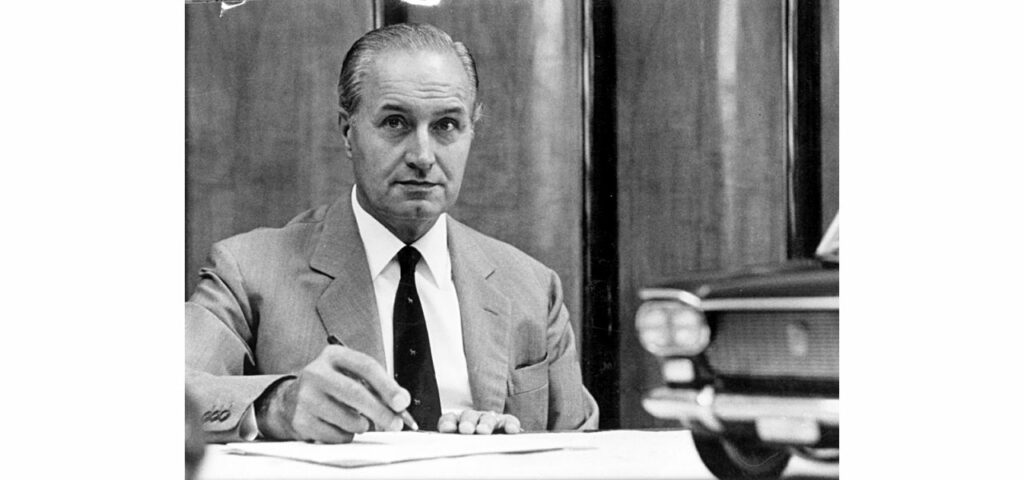
Once back in Italy, he discarded the finished engine and developed a 1.2-liter engine with a bore of 80 mm and a stroke of 60 mm. During testing, it turned out that the 1.2-liter engine delivered the same output as the discarded 1.3-liter engine. The prototype 101E2 equipped with the new engine was tested at the end of January 1948. But a short time later, Fiat decided to direct future production to the American market. It was now requested that the front of the car should have a bench seat for three people, so that a total of six people can be transported. In addition, the request was expressed to redesign the engine in such a way that it should now have a displacement of 1.3 liters and offer the possibility of being able to derive a six-cylinder V-engine. Giacosa then suggested developing either a two-liter engine as a four-cylinder in-line engine or as an eight-cylinder V-engine, as balancing a six-cylinder V-engine was very difficult. After further discussion it was decided to first produce the prototype 101E3 with a 1.4 liter engine. This was completed in October 1948 and came onto the market in 1950 as the Fiat 1400. Then began work on a car derived from it with a larger engine and space for a six-cylinder V in the engine compartment, which led to the Fiat 1900 in 1952.
Since the Fiat sales department preferred to offer a six- or eight-cylinder luxury car instead of a car derived from the engine and body of the Fiat 1400, in 1950 Giacosa began developing an engine with more than four cylinders in parallel with the work on the Fiat 1900. In his search for the right format, he sequentially rejected an in-line six-cylinder engine because it was too long, a six-cylinder V-engine because Giacosa was convinced that it would be difficult to balance and an eight-cylinder V-engine with a 90 ° fork angle because it was too wide. After some consideration, technical and other factors led him to an eight-cylinder V-engine with a fork angle of 70 °. Such an engine would not be optimally balanced, but it would be very compact.
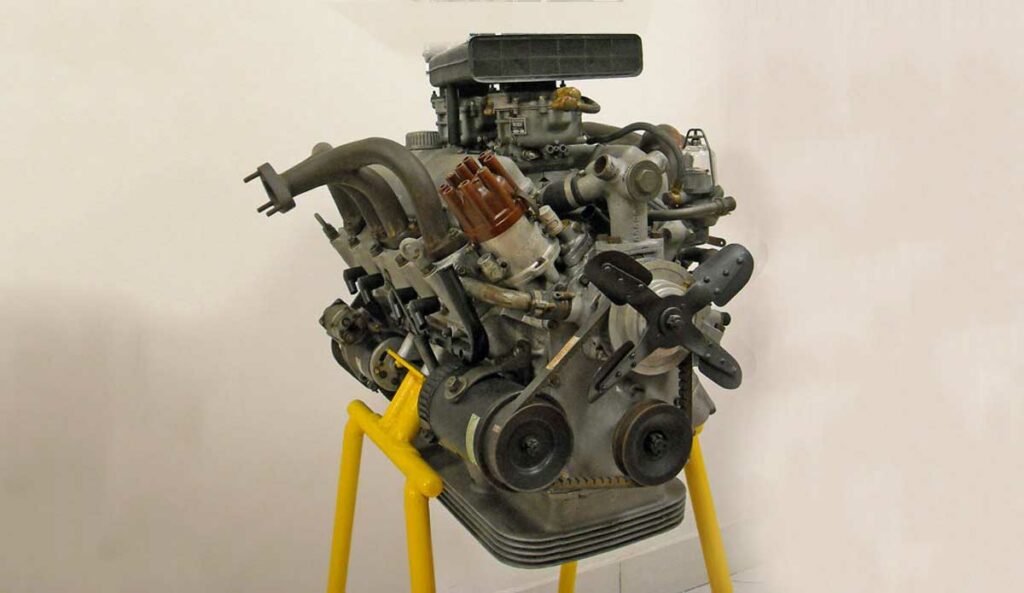
After the first tests of the finished engine with the designation Tipo 104 in the same year, it had to be revised again. The subsequent test runs were promising and so, at the request of the sales department, the wheelbase of a Fiat 1400 chassis was extended to 2850 mm and powered with it. This chassis, known as Tipo 104, was then sent to Pininfarina to build a limousine. Fears expressed in advance that the vehicle would be too big and too heavy for the engine were confirmed and the project was discontinued. Giacosa then suggested to Fiat management to build a sports car for the engine and then derive a sedan from it. The management agreed and the prototype Tipo 106 was commissioned. In order not to lose time and not to overwhelm the development department, it was decided that Siata would develop the chassis and install the mechanics and Fiat would build the engine and the body. The body was then designed by Fabio Luigi Rapi with some form and shape assistance from Giacosa. After the car was ready, Carlo Salamano helped set it up. After the presentation of the now called Fiat 8V at the Geneva Motor Show in 1952, finally production began. The Fiat 8V got its name because at the time of its making, Fiat believed Ford had a copyright on “V8”.
After 114 vehicles, production was stopped at the end of 1954 for economic reasons. There was no derivation as a sedan because it was decided that the Fiat 1900 should initially be Fiat’s top model.
Carrozzerie Speciali
The “Rapi Ottovù”
The 8V bodies for Fiat were manufactured in the company’s own body shop, Carrozzerie Speciale. The first version was built from 1952 to 1953 and then replaced by a slightly more pleasing model that was built from 1953 to 1954. Dante Giacosa preferred the model from 1952/53. From 1953, Fiat also experimented with fiberglas, but there was no series production.
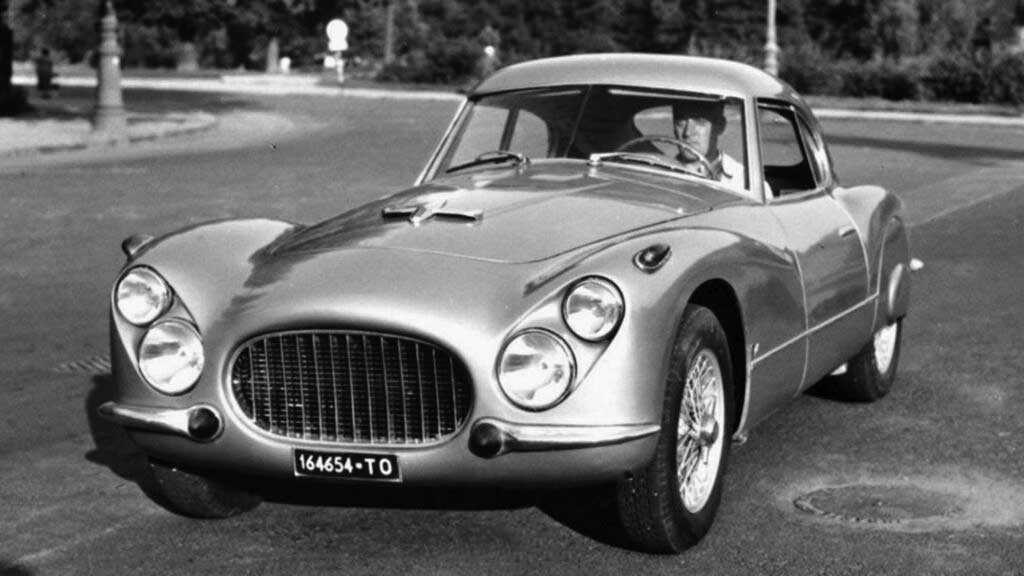
Ghia
Carrozzeria Ghia Torino made 2 types of designs for the Fiat 8V.
The Ghia Fiat 8V Boano
This coupé has the chassis number 106.000042 and is a one-off. It was built in 1953 based on designs by the designer Mario Boano.
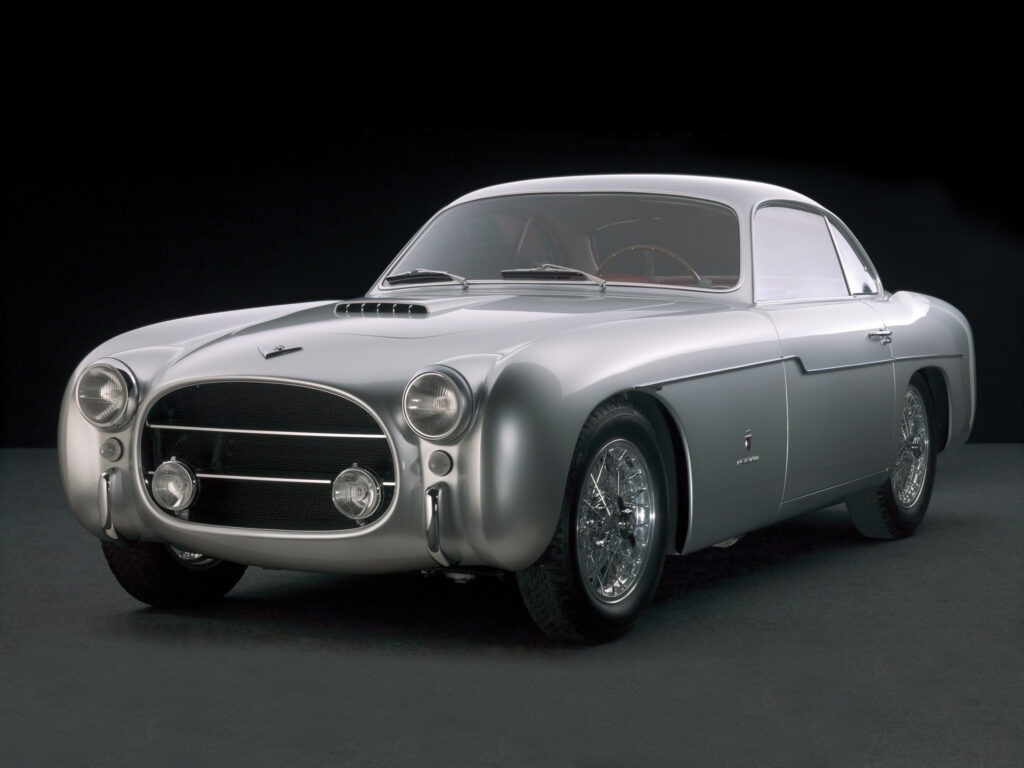
The Supersonic
The Supersonic was originally a prototype based on Alfa Romeo 1900C, which was commissioned by Virgilio Conrero, a tuner for Alfa Romeo and Lancia in Turin, at the request of a Swiss for the 1953 Mille Miglia. For the body, Conrero turned to Ghia and the designer Giovanni Savonuzzi. The design impressed Ghia so much that in 1953 it was decided to produce a small series. The choice of the base fell on the Fiat 8V, and in October 1953 the first car was presented to the public at the Mondial de l’Automobile. A total of no more than 20 Supersonic were built, depending on the source up to 15 on a Fiat 8V, three on a Jaguar XK 120, one on an Aston Martin DB 2/4 Mark II. The Fiat 8V Supersonic inspired Virgil Exner for his DeSoto Adventurer II design in 1954.
Read our special about the Ghia Supersonic.
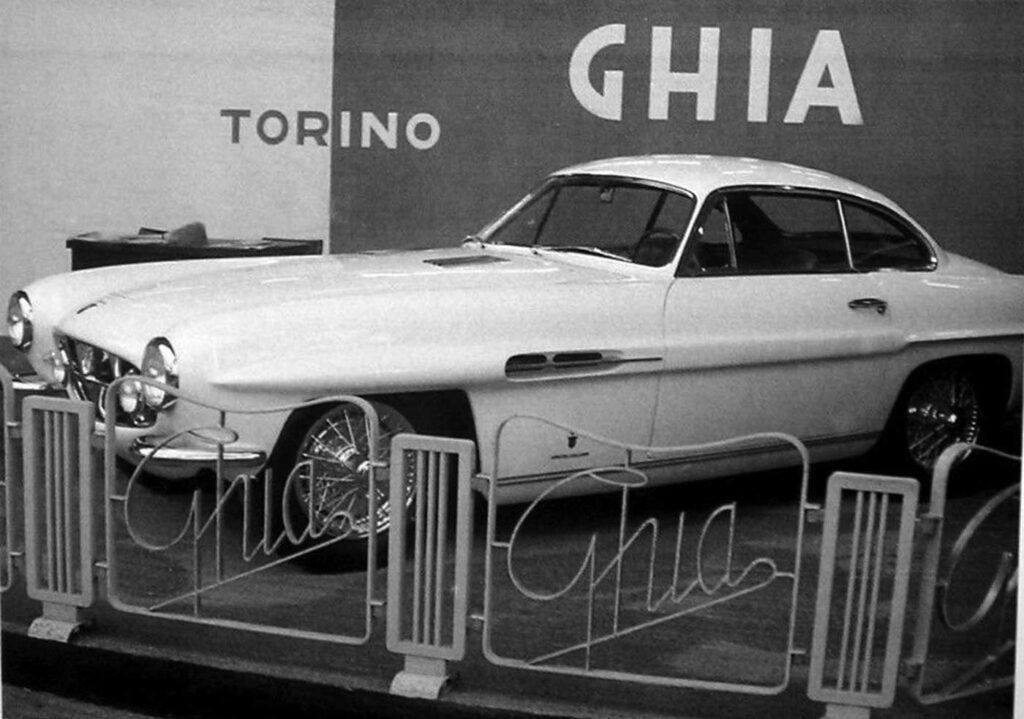
Pininfarina
The 8V Berlinetta Speciale
Pininfarina only designed and built one coupé based on the Fiat 8V in 1955. The vehicle known as the Fiat 8V Berlinetta Speciale is a one-off and was made by Fiat for Giovanni Nasi
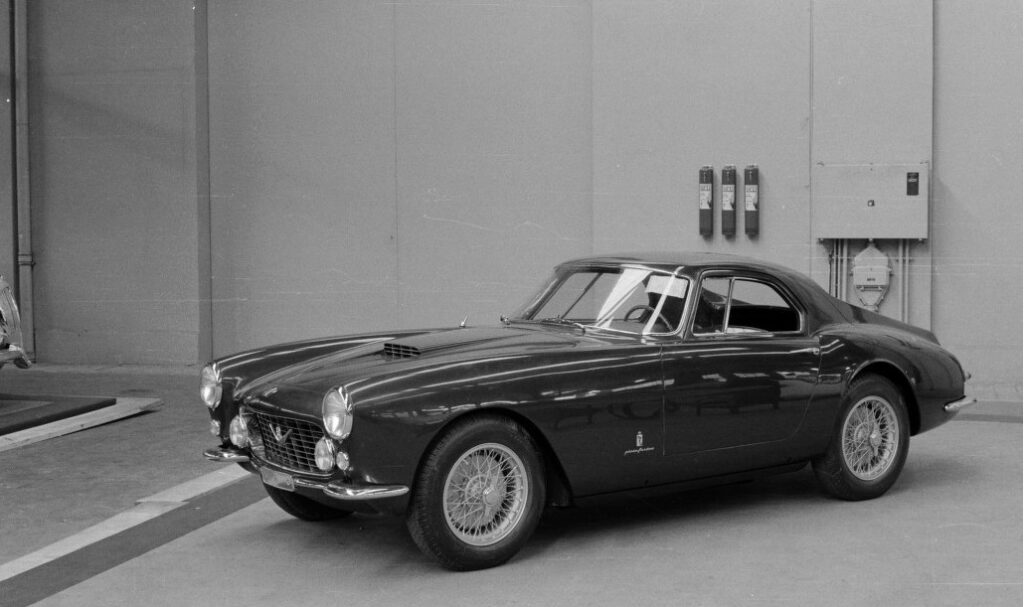
Vignale
Vignale built a total of eight cars on the Fiat 8V. Specifically, there were five coupés, a Spider, a Coupé Corsa and the Démon Rouge design study. All vehicles were designed by Giovanni Michelotti.
The Vignale 8V’s
From 1953 Vignale produced various coupés based on the Fiat 8V. A total of five models were made of them.

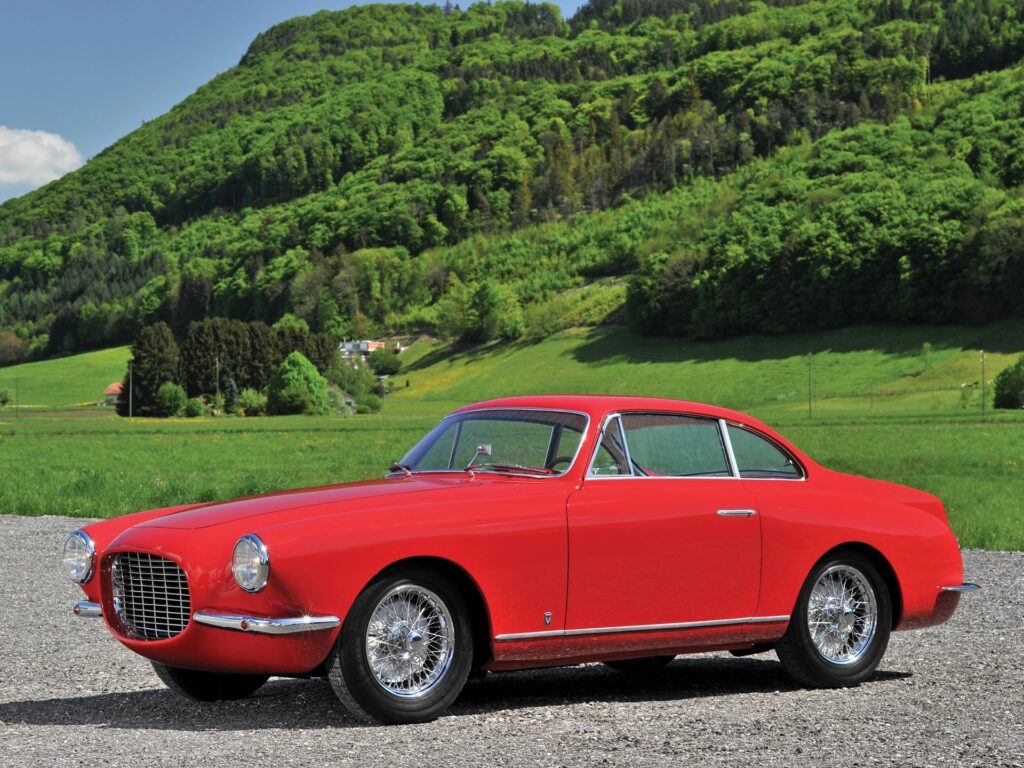
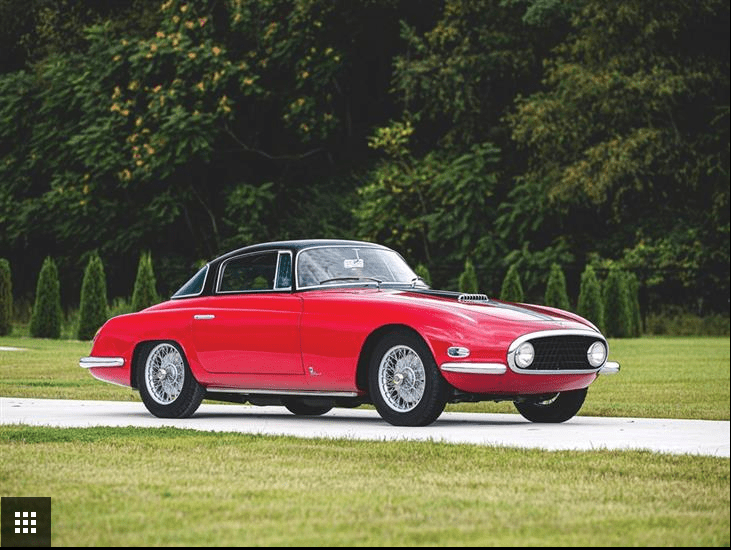
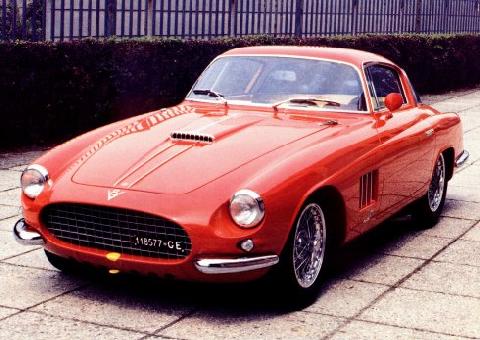
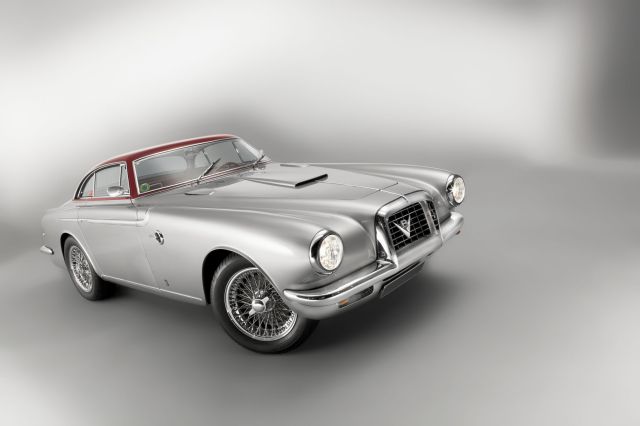
The Coupè Corsa
In 1954 Vignale wanted to present at the Mondial de l’Automobile the Coupé Corsa , but the work was not finished in time. The vehicle was not presented at any motor show and was sold to Casimiro Toselli. Toselli showed the car for the first time in 1955 at the Sestriere Rally. Many races were done with the Coupé Corsa up to 1957, but never with great success. In 1957 the Fiat 8V had to be extensively repaired and, among other things, it got a new front and a new rear. The chassis bears the number 106.000052.
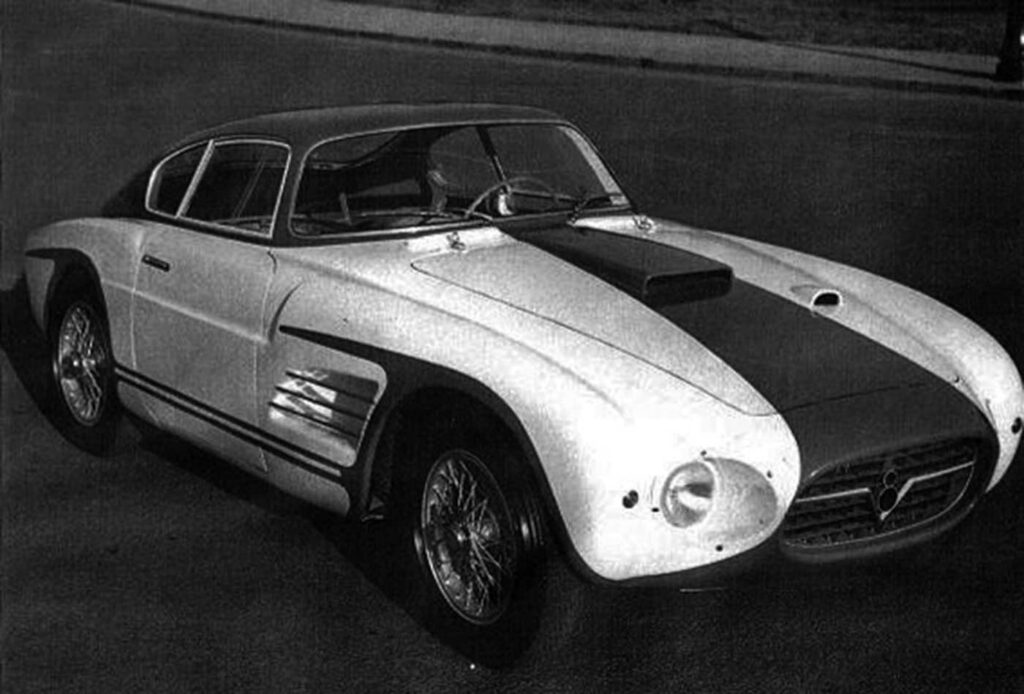
The 8V Spider
In 1953 Vignale presented the Fiat 8V Spider. Only one car was built. The vehicle had a very massive, continuous front bumper. Later the vehicle was redesigned on the front end and got a new paint job, the front bumper had been replaced by a split bumper and its color is now red. The Fiat 8V Spider achieved 1,120,000 € at the RM Sotheby’s auction and had the chassis number 106.000050 and the engine number 104.000 000184.
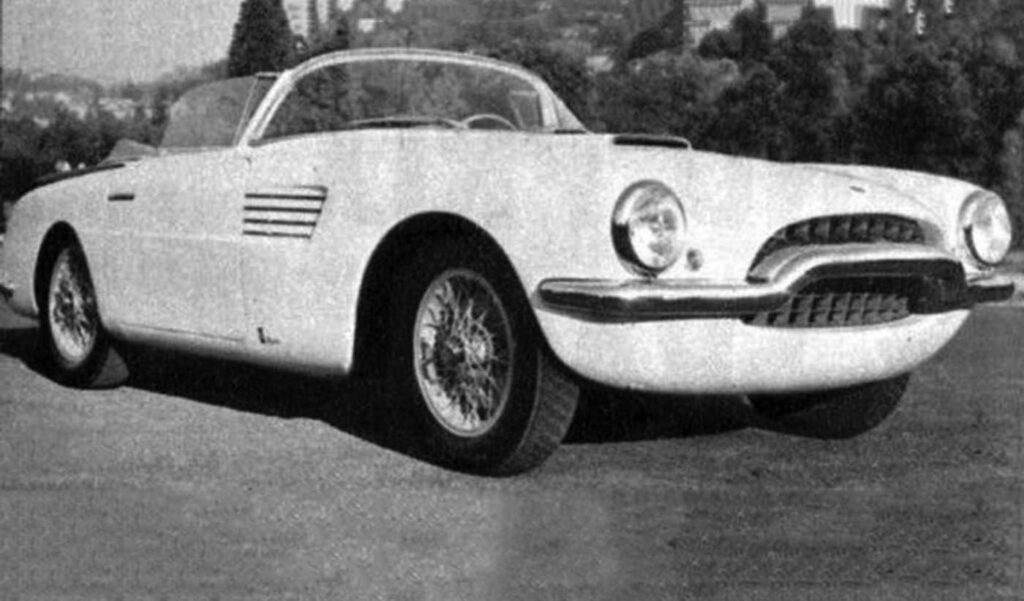
The “Red Devil”
In 1953 Vignale presented the Démon Rouge at the Turin Motor Show. It is a pure design study. Interesting details are not only the curved rear window, but also the door handles. They are integrated as chrome-plated plates in the rear roof struts. In 1955 the design won the ‘Coppa Campione d’Italia’ Concours d’Elegance and in 2004, more than 50 years later, the best of the show at the Concours d’Elegance at Palace Het Loo in Apeldoorn, Netherlands. It can be seen in the Louwman Museum in The Hague.
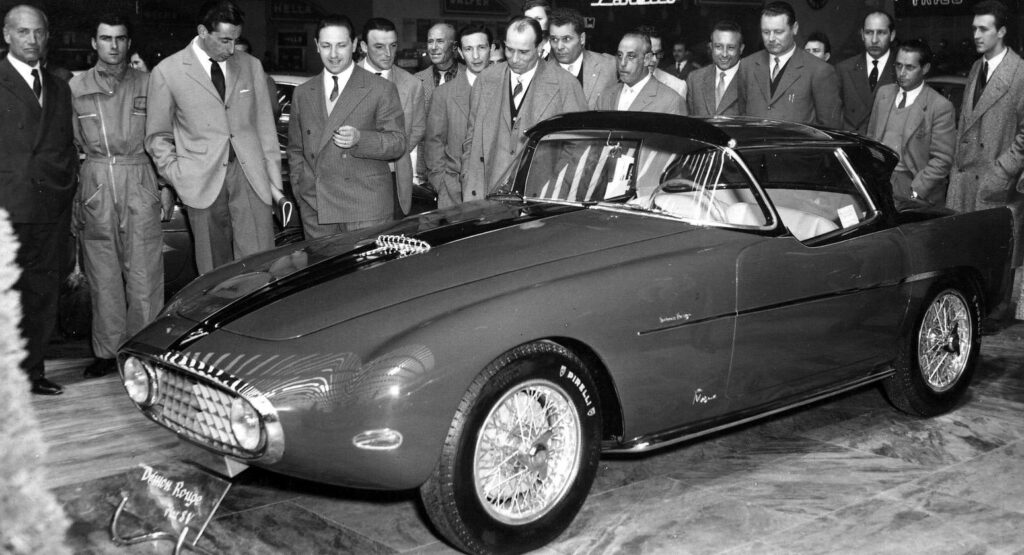
Zagato
In total, Zagato got 32 chassis (according to other sources 30) and at least one Spider was built.
The “Elaborata”
Basically the series Rapi 8V heavily modified by Zagato. Among other things, they got Zagato’s famous bubble roof. The vehicles are labeled “Zagato elaborazione” and are called Fiat 8V Elaborata. Only 5 were built.
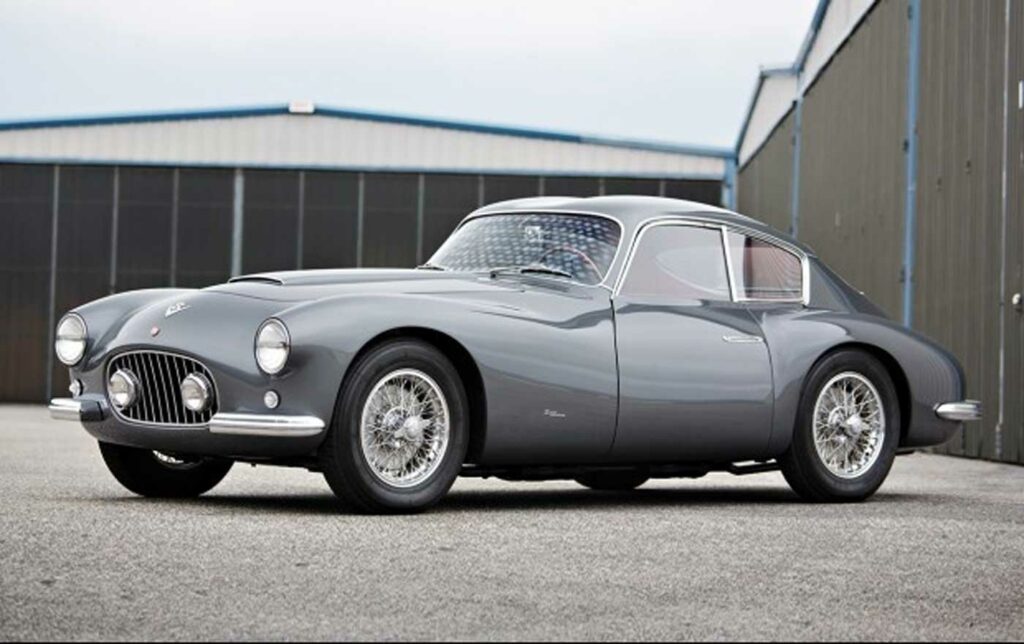
The 8VZ
Zagato presented its first coupé in early 1952. The vehicles all received lightweight bodies, which were largely made of aluminum. The interior was individually tailored to each buyer. The exterior design could also be influenced; For example, the Bubble Roof could be ordered. Some of them were used at racing events. The vehicles were sold until 1959. The vehicles are referred to as Fiat 8VZ, with the “Z” standing for Zagato.
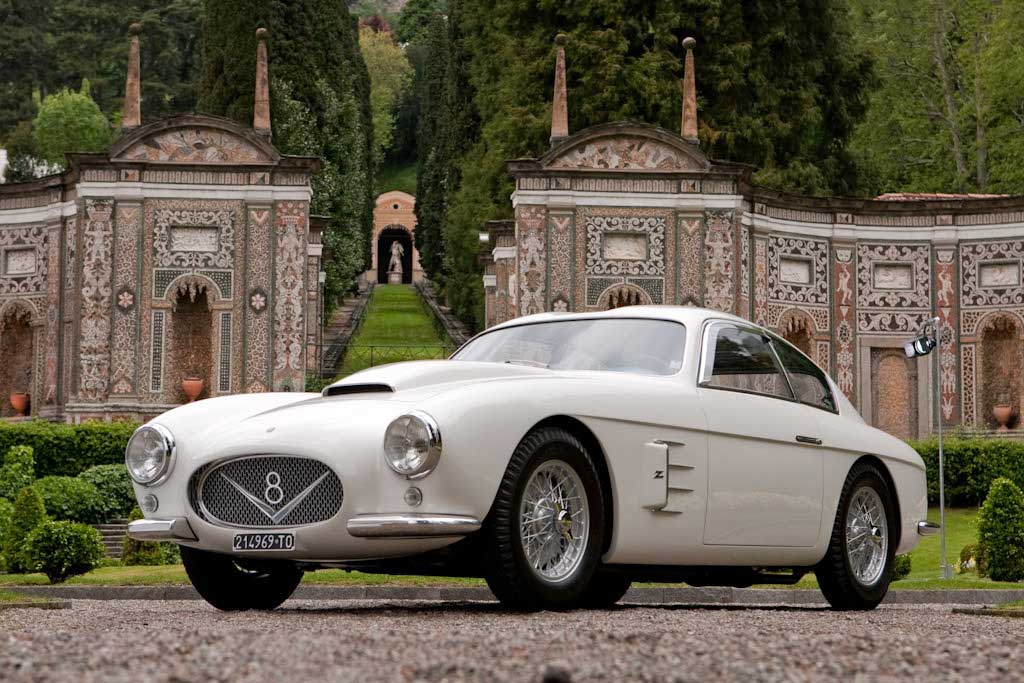
The 8VZ Spider
The vehicle has the chassis number 000005. The car was originally built as a coupé by Fiat in 1952 and sold to the industrialist Franco Auricchio from Cremona. He left the coupé to the racing drivers Vincenzo Auricchio and Piero Bozzinio for the Mille Miglia 1952, in which they finished 5th in the class up to 2000 cc. He later passed the car on to racing driver Ovidio Capelli, who sent the coupe to Zagato to have a lightweight Barchetta built. The vehicle was badly damaged in an accident in Sardinia. In this condition he sold the racing car to the Leto di Priolo brothers. They sent the car back to Zagato, which built a new and different Spider body. This racing car, known as the 8VZ Spider, was used by Massimo Leto di Priolo in the Grand Prix of Sweden on August 7, 1955 in the GT class up to 2 liters. Leto di Priolo achieved 2nd place with the vehicle. The vehicle was shown on the spot sul Liston Edizione 2015 in Padova, Italy.
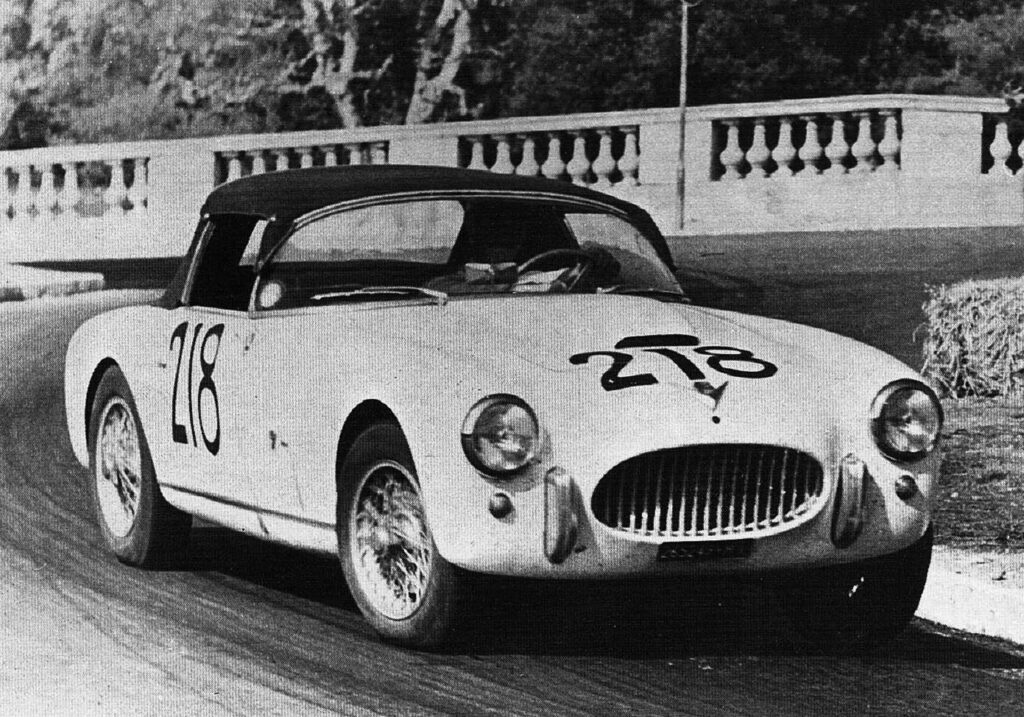
The Siata's
The Siata 208 CS
Siata also presented its new 208 series at the 1952 Geneva Motor Show. Since Siata had helped develop the vehicle, they were also able to present a V8 model. The main thing in common with the 8V is the engine. This was offered with power levels from 105 to 122 hp and compressions from 7.5 to 8.5: 1. Since Siata had developed the chassis for the Fiat 8V, this could also have had an impact on the 208. Production of the 208 ended at the latest when the Fiat 8V was discontinued. The bodies were built by Stabilimenti Farina (Coupè and Spider) and Balbo (only Coupè).
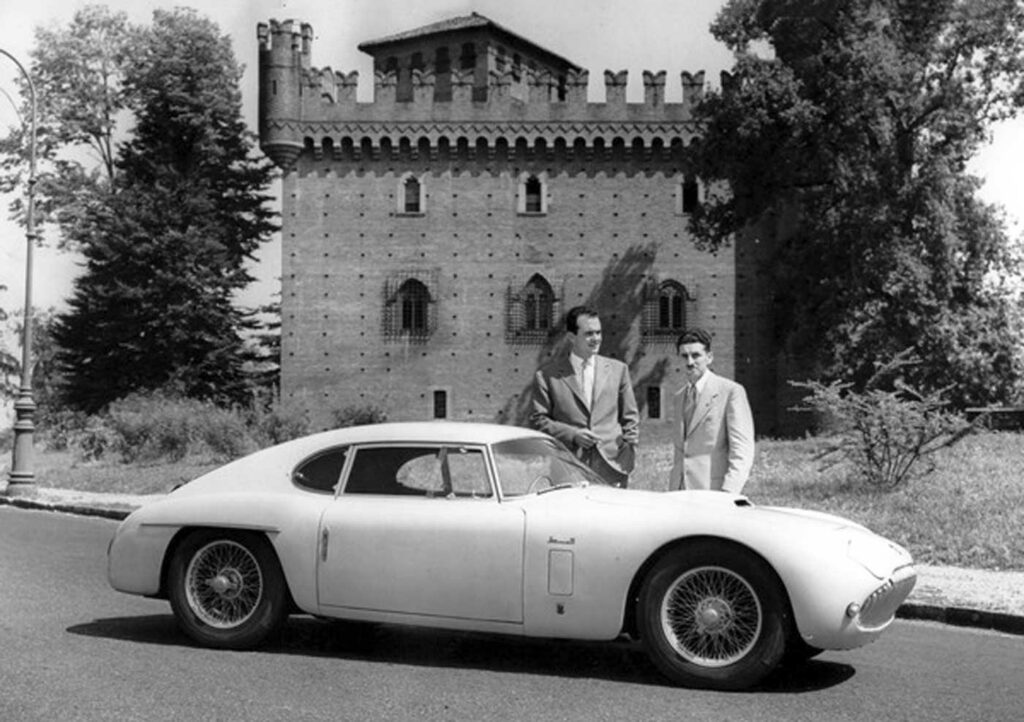
The Bertone Siata's
In addition to the 208 series, Bertone built at least 3 one-offs with different bodies.
The Corsa Spider
In 1952 Nuccio Bertone built for himself the Corsa Spider based on the Siata 208 CS. It was designed by Franco Scaglione and was recently restored by Strada e Corsa.
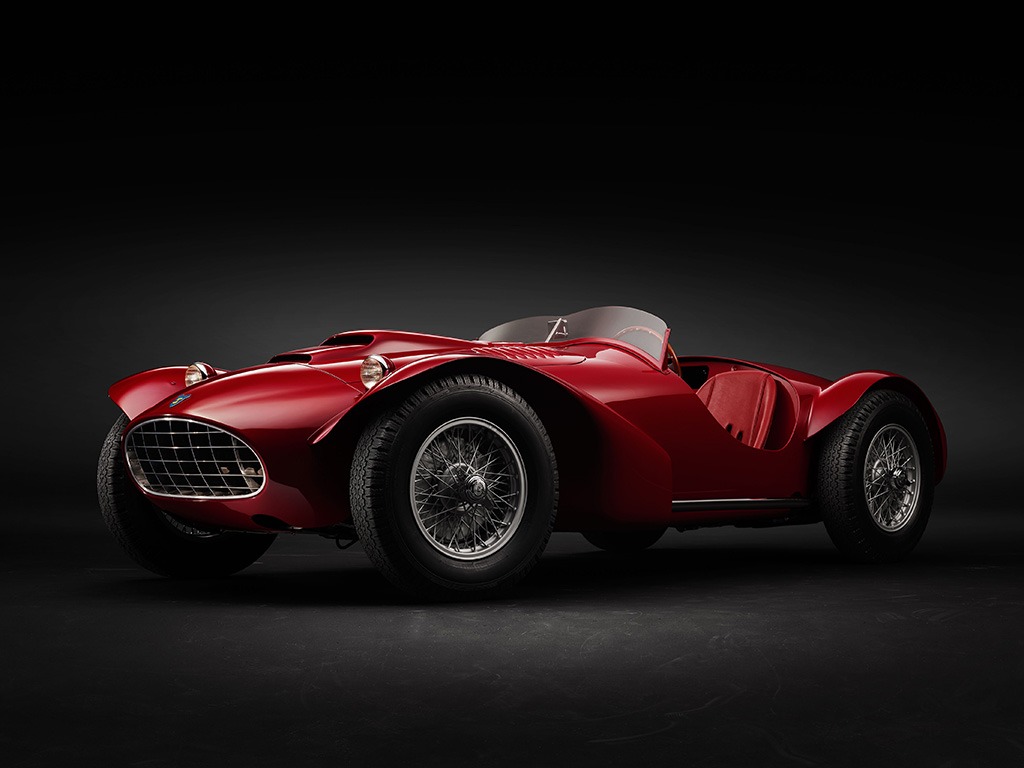
The Berlinetta 2+2
First shown at the Paris Auto Show in October 1952, then with 2 other Siatas at the New York International Motor Sports Show in April 1953, this car designed by Scaglione was sold in Chicago in 1953. This one-off, four-seat, Siata Berlina uses the Fiat derived 2.0 liter V8 engine which can also be found in the more common Fiat 8Vs, and Siata 208s. Like other one-off Italian designs, this car boasts many unique details in the head and taillight structures, and throughout the dash and doors.
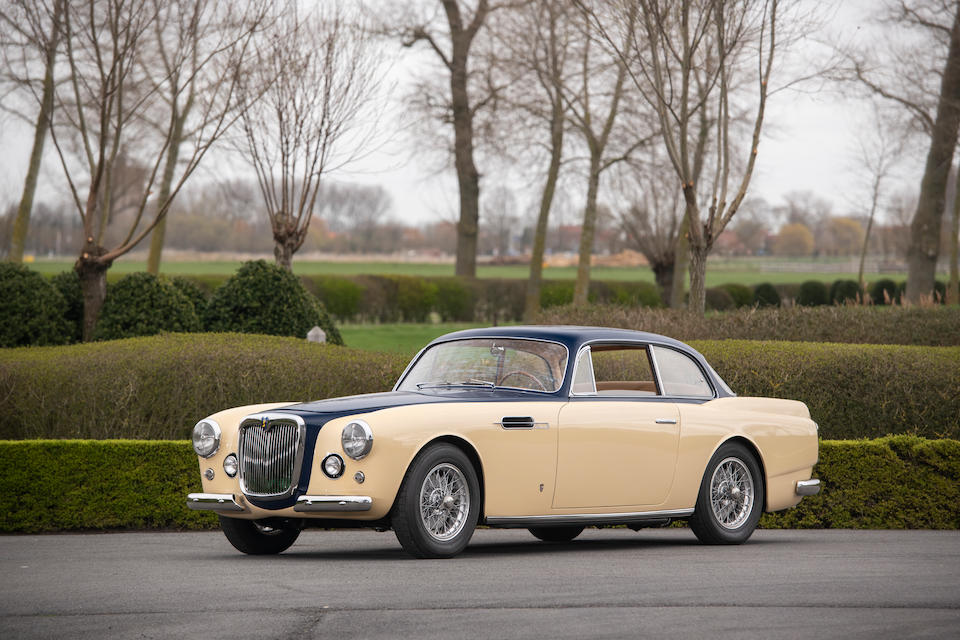
The Siata 8V
The Siata 8V boasts unique details designed by Michelotti such as the doors and front and rear lights. The first time it was presented at the Paris Motor Show in the same year, then at the New York International Motor Show. Arnolt sold the car to Stuart Sherman in Illinois in 1955. It was then bought by Roy Thoressen, Minnesota who drove it for a few years, until he put it in a warehouse and for several years, it wasn’t driven. They “remembered” the Siata when a large infiltration of water and the weight of the snow caused the roof to collapse, it was 1989. It was bought in 1993 by Walter Eisenstark, still in its original conditions, but finally a real restoration could be carried out , with high quality standards. Currently, the car has found a home in Belgium.
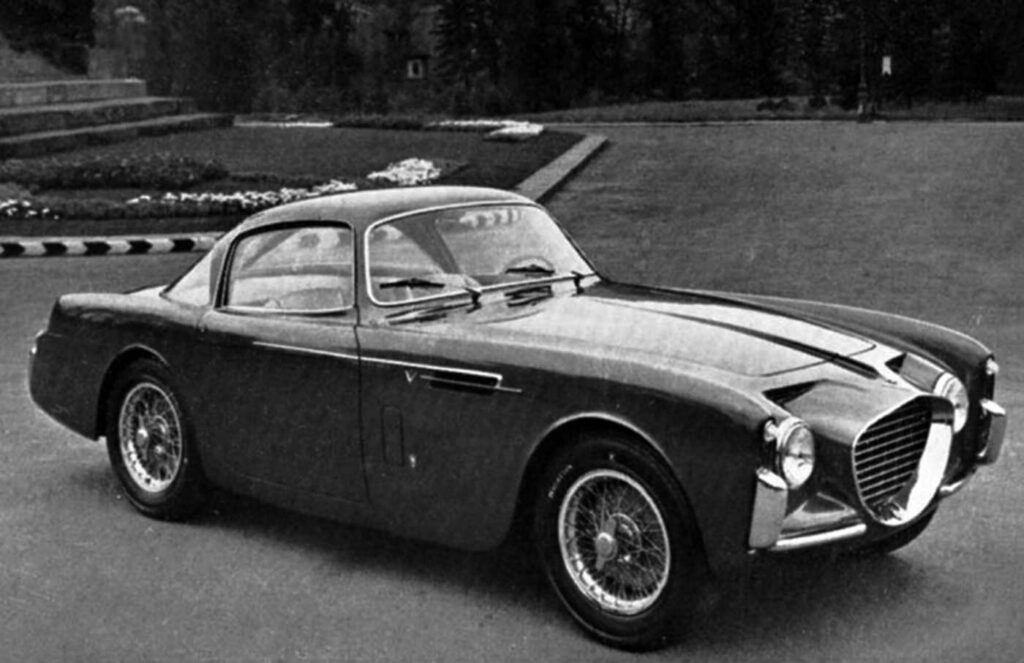



Sarebbe interessante approfondire le 8V Vignale, di cui la carrozzeria di una in particolare è stata riproposta pure sulla MG